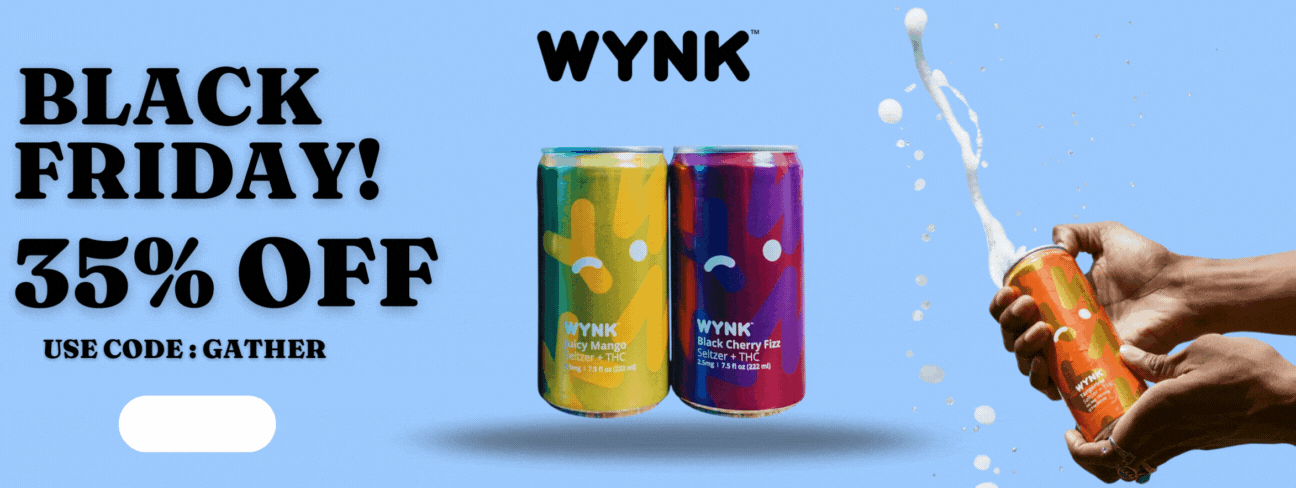Most Suitable Fabric For Workout Wear

If you have to continually wriggle into
leggings that have lost their stretch or fight the accumulated odor of
exercises in the past, your plan for an excellent workout might soon go south.
There`s much more to picking activewear
than how it feels in the changing room. While your T-shirt may seem comfortable
right now, you`ll be hating cotton fields everywhere by the midway point of
your HIIT workout.
It`s essential to know a little about the
main textiles used in sportswear to buy clothing that supports your preferred
training and performs as well as it looks. Or you can easily choose any workout
wear you wish without any hustle from Adidas.
What Is The Ideal Attire For Work Outs?
In general, moisture management and
breathability are the key variables to consider while shopping for workout
attire. Although fit and feel are also crucial, it`s necessary to understand
how perspiration and heat influence the fabric of workout clothing.
When a cloth is damp, moisture management
refers to what the fabric does. For instance, a material is said to be
moisture-wicking if it resists absorption. It becomes absorbent if it gets
heavy and wet, which is not what you want.
"breathability" describes how
readily air may pass through a cloth. Tighter-knit materials trap warm air
close to your body, while breathable fabrics enable hot air to escape. The former
is best used in warm weather, and the latter is best used in cooler weather.
Below are descriptions of the most popular
exercise clothing textiles, their ideal uses, and when to use them.
Polyester
When to wear it: essentially for any
training and in every weather condition. The workhorse of fitness textiles is
polyester. It seems to sense that you`d find it in practically everything you
purchase from an athletic wear retailer. Polyester has excellent tensile
strength, is wrinkle-resistant, and wicks away moisture. Additionally, it is
light and breathable, allowing your perspiration to pass through the material
and keep you largely dry. Polyester is often used in cold-weather fitness
apparel in addition to tanks, shirts, and shorts since, despite its low weight,
it is a relatively good insulator. The main disadvantage of polyester is that
it promotes the growth of germs and fungus and retains odors.
Polypropylene
Wear it when exercising outside in
conditions like sleet, rain, snow, or excessive humidity.
Fabric made of polypropylene is essentially
a thin, flexible version of plastic polypropylene, a type of material. It makes
a fantastic base or outer layer because it is almost entirely waterproof. It is
utilized in socks, skin-tight base layers, sports pants, rain jackets, and rain
gear.
Polypropylene is highly dependable and
wrinkle-resistant, much like polyester. It will help you stay warm when
exercising outside in the cold and keep you dry in damp, foggy circumstances.
Nylon
Generally, it should be worn during all
workouts and weather situations. Another widely used material is nylon, which
is soft, odor- and mildew-resistant, and elastic. It is arguably best known for
its usage in pantyhose. It moves with you as you walk and has excellent
recovery, meaning it returns to its original size and form after being
stretched. Additionally, nylon has a great propensity to draw moisture from
your skin through the fabric to its outer layer, where it may evaporate. Nearly
everything is made of nylon, including tank tops, T-shirts, shorts, leggings,
performance knickers, sports bras, and cold-weather athletic apparel.
Spandex
When to wear it: During
high-range-of-motion exercises like weightlifting and yoga.
You might be familiar with spandex under
the name Lycra. It is very stretchy and flexible, making it ideal for persons
who engage in exercises like yoga and weightlifting that call for a wide range
of motion. This synthetic material is mainly used in skin-tight garments,
including sports bras, leggings, and track shorts. More minor levels of spandex
can also be found in socks, boxer briefs, and looser clothing.
Merino fiber
When to wear it: for cool-weather exercises
outside. Wool is frequently thought of as a warm, cold-weather fabric. This is
true, but unexpectedly, wool also makes a fantastic warm-weather fabric. In
particular, merino wool, which is softer and thinner than regular wool, works
well as a sweat-wicker. The fibers serve two purposes: when it`s cold outside,
the crimps in the threads retain body heat; when it`s hot outside and you start
sweating, the fiber wicks perspiration away from your body and through the
fabric. Although it almost seems too good to be true, sheep congregate in
extreme cold and heat, so it`s not entirely unexpected.
Bamboo
When to wear it: as a luxurious substitute
for nylon or polyester.
Bamboo has become an eco-friendly material
used in various products, including paper, toilet tissue, single-use cutlery,
furniture, and décor. Due to the production of a lightweight natural fabric,
bamboo pulp is now also used in sportswear. Similar to Merino wool, bamboo is
frequently combined with a variety of different textiles.
Because bamboo is unquestionably a luxury
fabric, expect to pay more for bamboo clothing than you would for other common
choices. But if you`re ready to pay the price, bamboo has several qualities
that all fitness enthusiasts adore: It is very soft, odor-resistant,
temperature-regulating, and moisture-wicking.
Fitness




